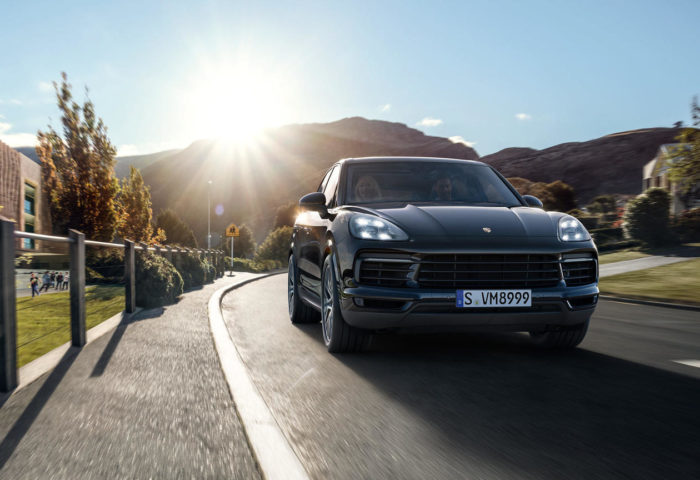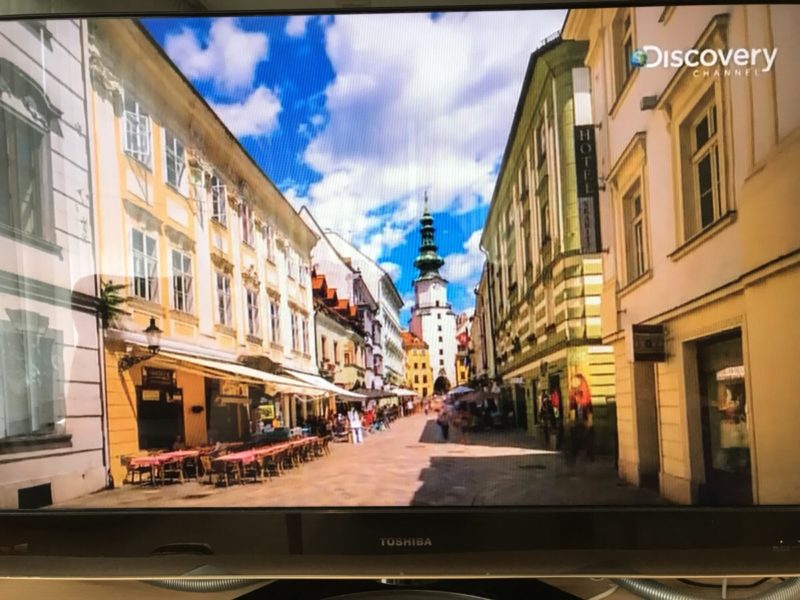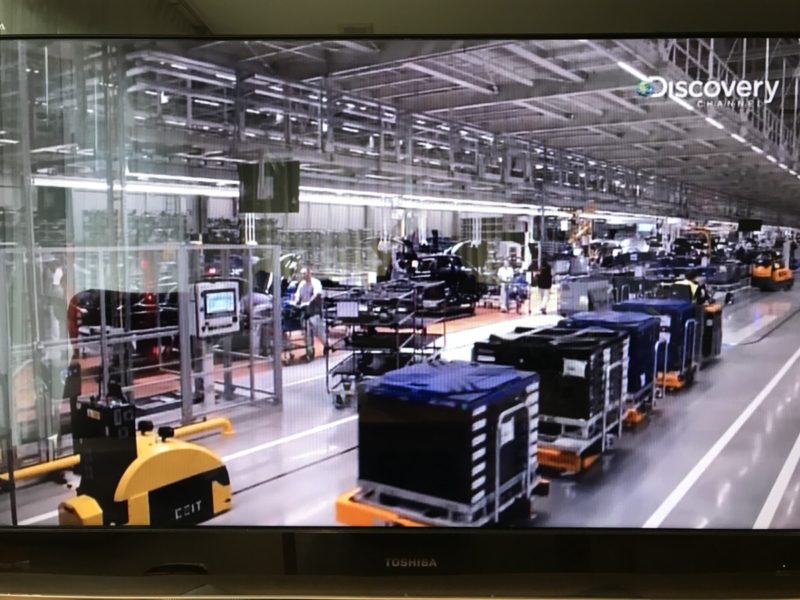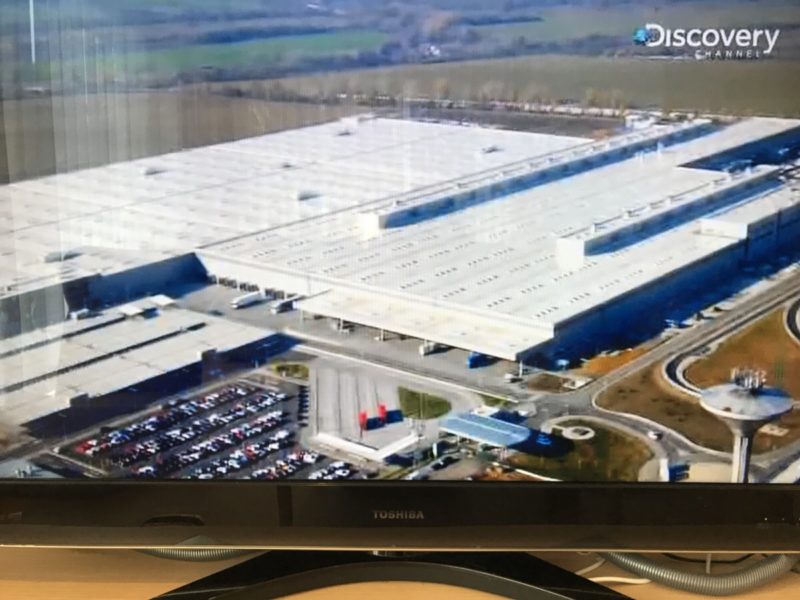Porsche New Cayenne: An In-Depth Look at the Factory Production Process! (A Summary of the TV Program)
公開日:2018.09.07

Porsche Cayenne Feature
In our household, any TV program with the keyword “Porsche” in the title is automatically recorded (what kind of household is this? lol). So naturally, the program Discovery Channel recently aired, titled “High-End SUVs of the World: Porsche Cayenne”, was recorded as well.
It was an episode focusing on the production process of the new Cayenne at the factory and the history of the Cayenne. My husband found it quite interesting, so despite saying, “I’m not really interested in factory production processes,” I watched it casually—and surprisingly, I found it full of things I didn’t know and very fascinating.
The Cayenne That Saved Porsche from Bankruptcy
Porsche launched its first model bearing the Porsche name, the Porsche 356, 70 years ago in 1948. Since then, it evolved as a two-seater sports car manufacturer, but around 1993, Porsche faced financial difficulties and was on the brink of bankruptcy.
Annual sales were only about 10,000 to 12,000 units (compared to 246,000 units sold worldwide in 2017). So Porsche made a bold strategic shift. They launched their first-ever SUV, a vehicle completely opposite to sports cars.
However, longtime Porsche fans at the time fiercely opposed the Cayenne’s debut, saying things like “Are they trying to kill the brand?” “Why on earth is Porsche making a 4-door SUV?”. The front end design, which resembled the 911, was also initially met with many negative opinions.
But when the Cayenne hit the market, it became Porsche’s biggest hit ever. It was well-handling, retained Porsche’s sporty character, was powerful, and excelled off-road—truly a versatile vehicle. The first-generation Turbo model featured an unusual-for-an-SUV 400-horsepower V8 twin-turbo engine, making it a car that combined both “fun” and “practicality,” and it sold like hotcakes.
The Cayenne not only saved Porsche from a crisis but also marked the beginning of Porsche’s transformation from a “sports car maker” to a sports car manufacturer that builds sportier cars than competitors in every segment.
Wow, the Cayenne is seriously amazing! (;゚Д゚)
We could even say that the current Panamera exists thanks to the success of the Cayenne.
About the New Cayenne Production Factory
Do you know where the new Cayenne is manufactured? I had assumed it was made at Porsche’s Leipzig factory in Germany (the Panamera is made at the Leipzig factory), but it is actually produced at Volkswagen’s assembly plant in Bratislava, the capital of Slovakia in Central Europe.
*Photos borrowed from the Discovery Channel program “High-End SUVs of the World: Porsche Cayenne”


I had no idea.
This factory is equipped with the latest technology, and 600 employees work in three shifts around the clock to produce the new Cayenne. The daily production volume is 400 units. I thought, “Wow, 400 units a day!?” but apparently, the Cayenne accounts for over 30% of Porsche’s global sales.

This factory was built in the early 1970s. The ownership changed, and in the early 1990s, the factory became part of Volkswagen. Initially, handmade Volkswagen Passats were produced here, but over time, the range of models expanded, equipment was upgraded, and it evolved into Volkswagen’s most advanced factory.

The site covers an astonishing 2 million square meters. Since the Tokyo Dome is about 46,000 square meters, that’s roughly 43 Tokyo Domes!?


That’s huge! (;゚Д゚)!!
| →Next page: Finally, a sneak peek inside the new Cayenne production process! |
このブログが気に入ったらフォローしてね!


Comment ( 0 )
Trackbacks are closed.
No comments yet.